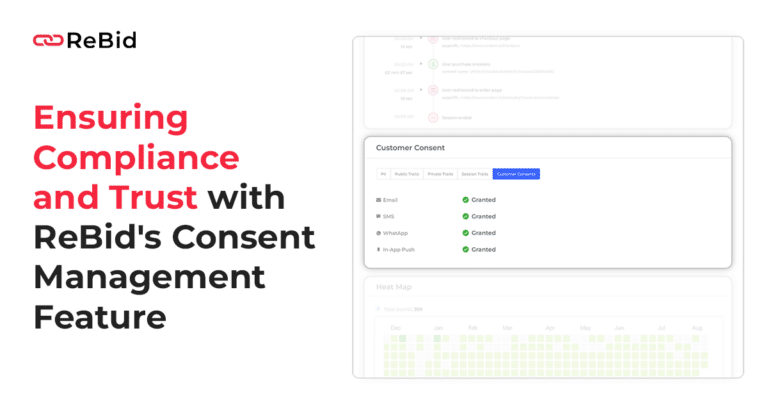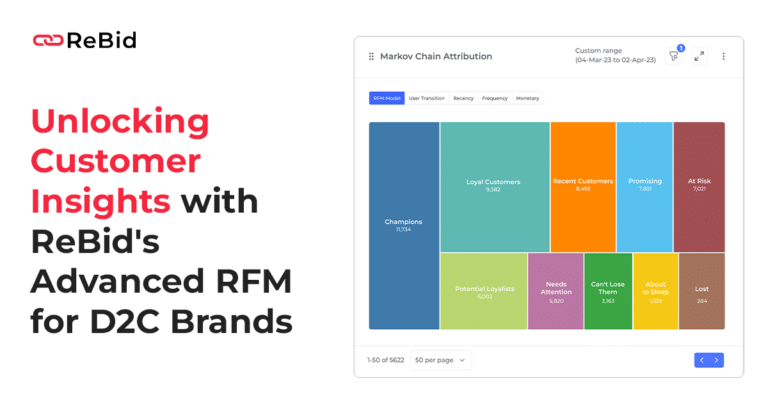There’s no escaping the fact that internet advertising has evolved. Display advertising (also known as banner ads) was formerly the most effective technique to market products on the internet. Marketers are now focusing their marketing budgets on native advertisements. A well-rounded business strategy should include both Native ads and display ads. Despite the fact that they do not refer to the same object, these two terms are commonly used similarly. Although both native and display adverts are paid adverts, there are a few notable variances. Native ads is incorporated inside the text, whilst display ads are placed on top of it.
What are Native Ads?
Native ads are when commercial information is mixed with most of a web page’s native content. Native advertisements are less invasive than other digital advertising because they fit the page’s aesthetic appeal on which they are posted. Native advertisements, according to the Interactive Advertising Bureau, are “a type of paid media in which the ad experience mimics the inherent appearance and structure of the customer experience in which it is inserted.

The benefits of Native Ads
Native advertisements offer a greater click-through rate (CTR) than display ads, making them excellent for generating visitors to your website. Native advertisements are watched 52 per cent more often than display ads; as per recent research, they help raise brand recognition. In addition, users engage with native adverts 20 per cent to 60 percent higher than they do with traditional display ads.
What are Display Ads?
Display ads are advertisements that flash on the internet. The earliest display advertising was ‘banner ads,’ which were hyperlinked, image-based ads fashioned like a strip and placed at the top of a web page. Display advertisements expanded to various shapes and sizes, including movies, interactive features, pop-up functions, and more, as web design became more complicated and creative. Banner advertisements are now defined as images with a dimension of 468 x 60 pixels.

Click-through rates for display advertising are generally low — less than 0.05 per cent across all setups and stands. However, CTR is critical, it is not sufficient. When other factors are taken into account, display advertising does impact brand recognition and purchase intent. Despite data showing that consumers become so jaded by internet advertisements that they no longer see them, display ads work. Marketers employ them as an integral component of their online approach, mainly in retargeting campaigns.
The Benefits of Display Ads
Display advertisements can increase brand recognition and buying intent. Display ads effectively familiarise your audience with your brand and generate early curiosity. According to recent research, brand recognition is amplified by 21% in operations that are using digital display advertisements. Remarketing is also possible with display adverts. Remarketing enables your business to display tailored display advertisements in front of a specific audience who has recently viewed your website while they are surfing the internet. For example, a well-placed display ad might remind a potential consumer to purchase once they’ve learned about your product or service.
Key Differences between Native Ads vs Display Ads
Native ads vary from display ads in various ways, which explains why they have grown so ubiquitous among marketers and online users.
For starters, consumers dislike display advertising, and 80 percent of them will have ad blockers to avoid seeing them. Even if they don’t use ad-blocking software, ad blindness occurs when people’s eyes skim past ad banners as if they aren’t there. So it’s no surprise that display advertising isn’t as effective as they once were. Furthermore, they despise being sold to, and that’s what display advertising is all about.
Native ads, on the other hand, take a more gentle approach to sell. They’re part of and related to what customers are already interested in. They are more probable than an obnoxious banner ad to be read and clicked on by web surfers. They also can read, watch, or listen to native commercial material. Choice always wins out over interruption when it comes to advertised material.
It’s also a matter of time. When individuals are online and are in the middle of digesting the material, banner advertising interrupts them. Nobody loves it; it makes for a terrible consumer experience. Native adverts, on the other hand, such as suggested content widgets, display when visitors are browsing for additional information. So they don’t take away from experience.
Why are Native Ads overtaking Display Ads?
The reasons why Native Ads are overtaking Display Ads are-
- Native Ads earnings and productivity are vastly different from Display ads performance and revenue. The click-through rate (CTR) for display adverts is only 0.05 per cent.
- Just five individuals out of 10,000 who see your ad will click on it. Meanwhile, the CTR for native advertisements is up to eight times higher than for display ads, according to our native ad data.
- Native ads also increase traffic because they encourage web users to read or watch material relevant to their current interests. When Bombfell ran native ad campaigns, they saw a 960 per cent increase in online traffic.
- With programmatic native advertising, brands can leverage native content more successfully. This makes native content much more accessible and attractive by utilizing advanced algorithms.
- Companies also make more money from native advertisements. Consumers watch native advertisements 53 per cent more than display ads, according to Sharethrough statistics.
- Native advertisements also lead to an 18% rise in purchase intent. It’s no surprise that eMarketer expects marketers to spend at least two-thirds of their ad spending on native advertising.
Should Native Ads or Display ads or a bit of both be a part of your online advertising strategy?
Native advertising has established a secure and less conspicuous niche in an ad-saturated world. Here pop-up advertisements are disliked by 73 percent of people, 64 percent of people believe commercials are bothersome or invasive and 500 million people have downloaded ad blockers. Native advertisements have surpassed display ads due to the rise of programmatic native advertising.
Although the future is unpredictable, many performance advertisers are pinning their hopes on allocating their expenditures to take advantage of the benefits and capabilities of both native and display advertising in the online strategy.
Conclusion
Native ads have exploded in terms of popularity, and the outcomes are compelling evidence that you should include them in any marketing plan. Nevertheless, there still is a market for display advertisements. It’s down to you to choose the best choice in your upcoming advertisement to ensure you have had the proper team in place to execute it.
Both native and display advertisements have advantages and disadvantages, but with the appropriate plan, they may help you grow your business. All you have to do now is figure out which type of advertising increases your ROAS. You might employ display advertising if you want to raise brand recognition or if you have a restricted budget to begin your marketing campaign. If you want to attract more focused traffic, though, native advertising is the way to go.




